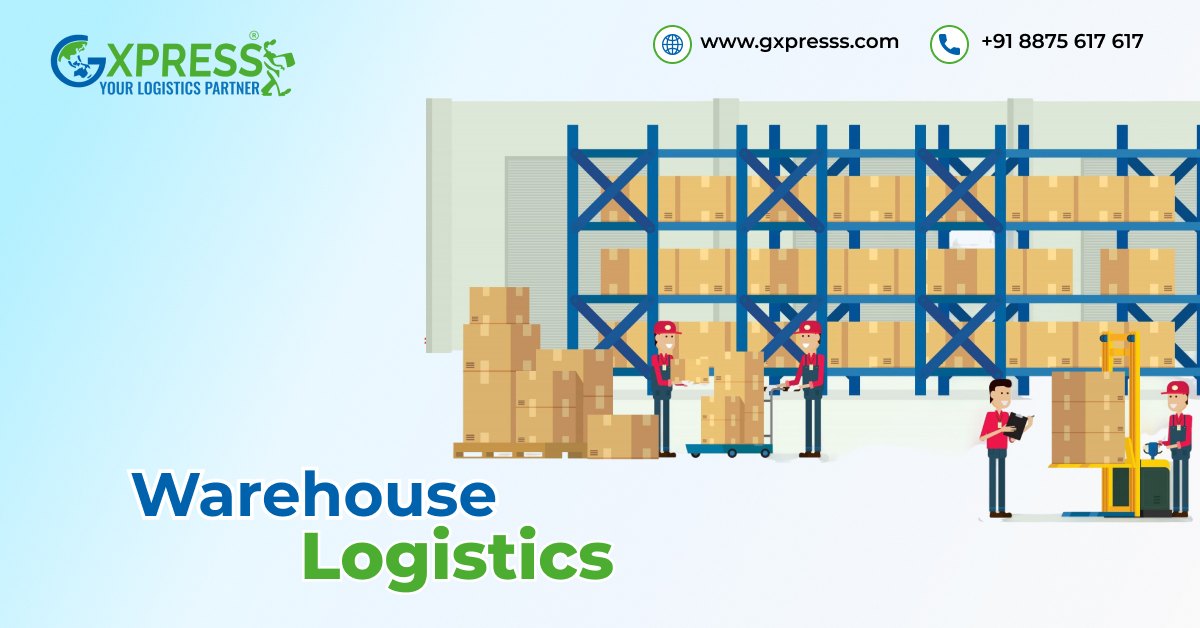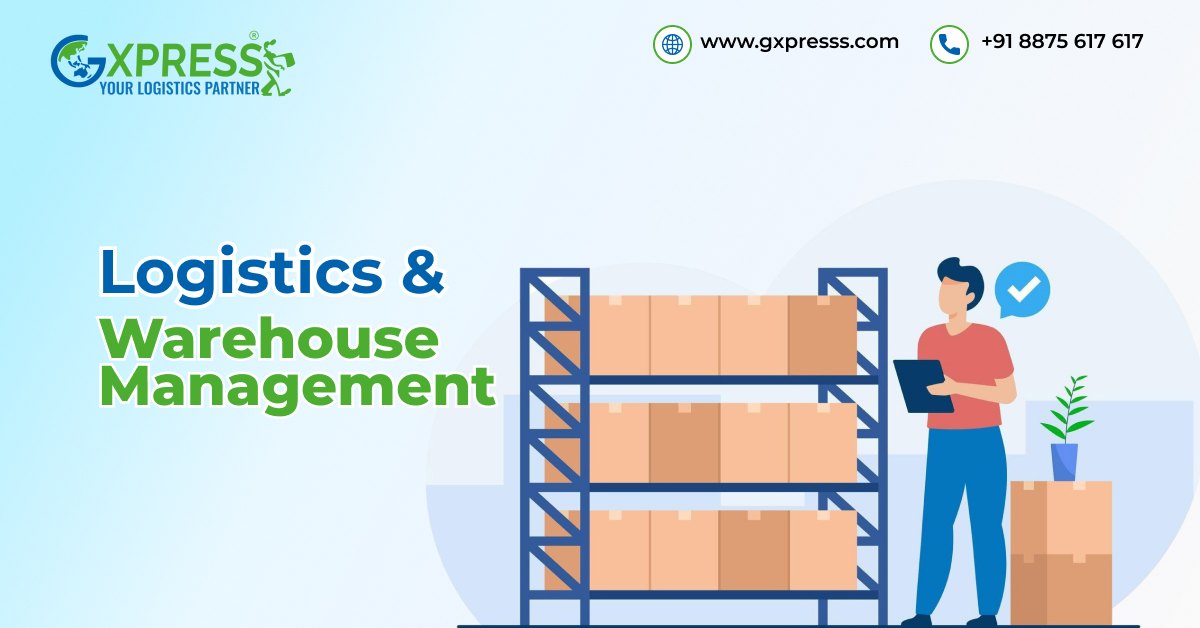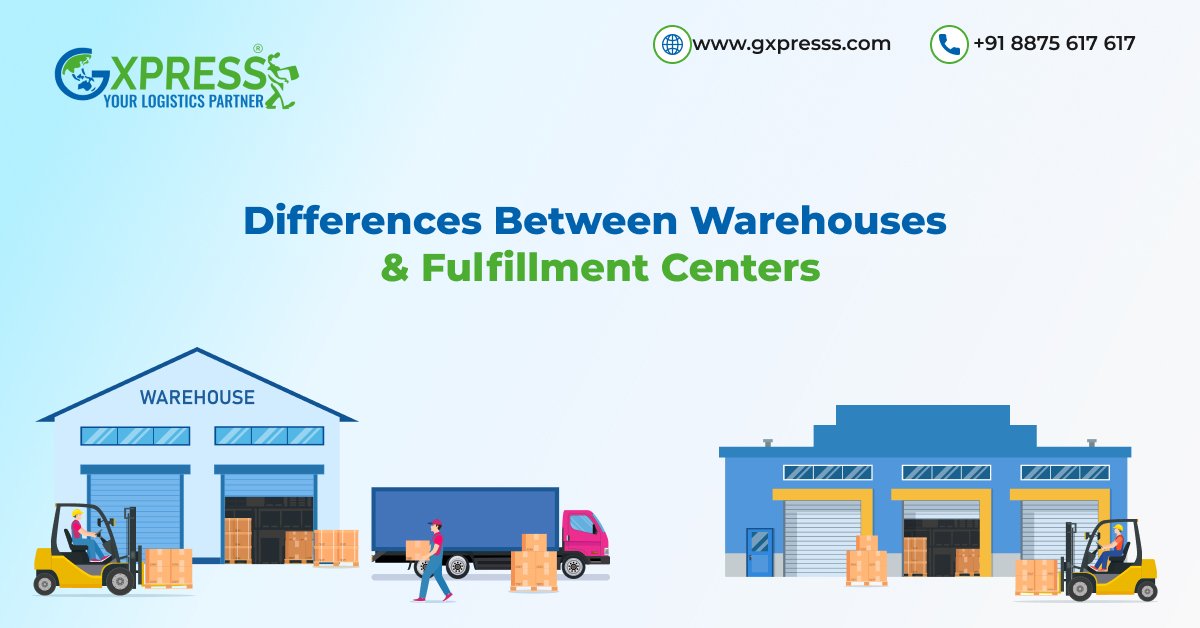July 24, 2025E-commerce6 min readBy Admin
10 Ways to Boost Warehouse Logistics Efficiency in 2025

Some years back, a young man was facing warehouse logistics issues. Boxes were stacking up, things were not sent on time, and his group was always busy fixing lost cargo and wrong counts. It wasn't because they did not work hard—they just did not have good systems set up.
Jump to 2025, and his place now works like magic. What's new? Wise plans, the right tools, and a new way of thinking.
This is what this blog is about: real fixes for problems that warehousing companies in India face; prepare to deal with the mess and move into the new world of warehouse and logistics.

What Is Warehouse Logistics?
At its heart, warehouse work is the hidden magic that makes sure the right thing gets to the right person at the right time. It's all about keeping goods, checking stock, getting orders ready, and setting them up to go out. See it this way: if the supply chain is a race, the warehouse is the handoff of the baton. One fumble here, and the whole race suffers.How Does Warehouse And Logistics Work?
When someone buys a thing, there’s a lot happens behind the scenes. The warehouse worker takes it off the shelf, another packs it, and then it's sent out. But that's just the easy part. In truth, it's all tied up with systems that chat with each other, like warehouse tools, stock software, barcode readers, and tracking things. The better these parts work as one, the better the warehouse runs. With that, things get sent faster, fewer mistakes happen, and money comes in.10 Ways To Boost Logistics And Warehouse Management Efficiency
Here is what many have found out about warehouse logistics the tough way. If your aim is to sort the chaos and get better, you will need these plans:1. Put Money In A Smart WMS (Warehouse Management System)
A good WMS is like your warehouse’s brain. It tracks every item, guides your staff, and shows you where you’re wasting time or money. Modern systems in 2025 can even predict order trends and suggest better storage solutions. It's more than just software now, it's a game plan.2. Use Instant Data To Keep A Step Ahead
Warehouses today are loaded with data. But are you using it? Sensors, RFID tags, and live dashboards can show you what’s happening right now. Where’s the delay? Which zone is overloaded? Seeing things in real-time lets you fix issues before they get big.3. Reimagine Your Layout Like a Pro
If your fastest-moving items are stored at the farthest corner of your warehouse, that’s a red flag. Use ABC analysis—group items based on how frequently they’re picked. Keep the popular stuff close to your dispatch area. Add vertical racks to save space. Sometimes, small changes here can cut walking time by half.4. Add a Little Help from Robots (Seriously)
Don’t worry, they’re not taking over. But they are helping. Automated Guided Vehicles (AGVs), robotic arms, and conveyor belts are showing up in warehouses big and small. They take care of repetitive tasks, reduce human errors, and operate nonstop. Even in India, companies are using automation not as a luxury but as a necessity.5. Go Hands-Free with Voice and Vision Picking
Imagine your team picking orders while listening to step-by-step audio instructions. No paperwork, no distractions. That’s voice picking. Or go one step further with vision picking, where AR glasses show your staff exactly where to go and what to pick. It’s quick, accurate, and surprisingly affordable now.
6. Try Cross-Docking to Eliminate Storage Delays
What if you could send goods straight from receiving to shipping, without storing them? That's cross-docking, great for quick-moving items. It cuts down on storage needs, eases handling, and speeds up delivery to buyers.7. Train Your Team Like It’s 2025
The biggest asset in your warehouse? Your people. But they need support. Don’t just train them once; help them learn continuously. Give them tools, show them how to use new tech, and help them adapt. A well-trained team is quicker, safer, and prouder.8. Use Smart Stats to Plan Better
Wouldn’t it be nice to know which product will be in high demand next month? With AI and machine learning, that’s possible. Smart stats let you plan for busy times, cut out old stock, and change your stock setup ahead of time. This is where warehouses stop reacting and start anticipating.9. Go Green and Save Money Too
Being eco-friendly is not just a trend; it's a wise choice. Things like LED lights, motion sensors, solar panels, and eco-friendly cooling not only cut your carbon footprint but also cut your power costs. And yes, they look great on your pitch deck.10. Link Last-Mile Delivery With Your Warehouse
Your job doesn’t end when the product leaves the warehouse. It ends when they get to the buyer. By 2025, smart storage will link with last-mile teams. Tools for best routes, live updates, and quick delivery news make sure the full chain works well, not just your part.Conclusion
You can’t expect to fix your warehouse problems in one night. Each day, you can do a bit more: make the space work better, bring in new tech to talk out jobs, and get a nearby warehouse services system. In half a year, your warehouse will not just be doing well, it will be on a high rise. No matter if you look after one small shed or many across the land, doing your warehouse logistics work right isn't just about the tools; it's about how you think. The year 2025 isn't slowing down for us. So why wait? Make that move now. A smart warehouse leads to a tough business.Frequently Asked Questions
Q1. How to increase efficiency in a warehouse?
Start with a good layout and a trusted Warehouse Management System (WMS). Use machines when you can, train your team often, and track data all the time to find problems early. Even small changes, like better lights or planned-out picking paths, can help a lot.Q2. How does warehousing contribute to the efficiency of logistics?
Storing acts as the main hub of logistics. It holds, sorts, and gets goods ready for sending on time. A good warehouse cuts wait time, lowers mistakes, and makes sure products go through the supply chain well.Q3. How to set KPI for logistics?
Pick KPIs that fit your aims. Usual ones are on-time delivery rate, order rightness, items sold, average send time, and cost per send. They must be measurable, fit well, and match what customers expect.Q4. What is the biggest challenge in logistics?
Keeping a balance of speed, cost, and getting it right. With rising needs from customers and uncertain hold-ups (like fuel price rises or supply waits), it is hard to stay efficient without spending too much.Q5. What are the five functions of a warehouse?
The five functions of a warehouse are holding goods safely, tracking how much you have, picking and packing orders, getting goods ready to send, and handling goods coming in and going out.Share this article:



